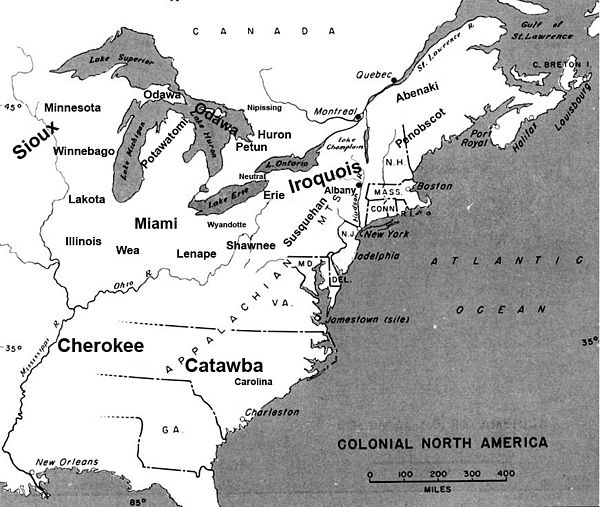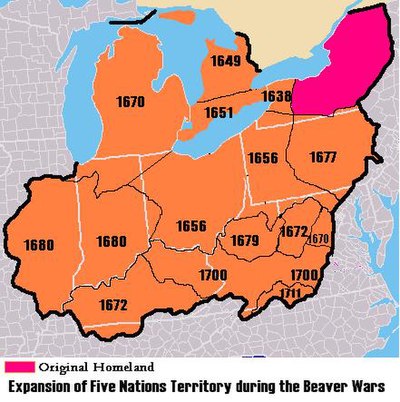
A | B | C | D | E | F | G | H | CH | I | J | K | L | M | N | O | P | Q | R | S | T | U | V | W | X | Y | Z | 0 | 1 | 2 | 3 | 4 | 5 | 6 | 7 | 8 | 9
Northern Michigan
Northern Lower Michigan | |
|---|---|
 Northern Michigan is highlighted in light green. | |
| Country | |
| State | |
| Largest city | Traverse City |
| Population | |
| • Total | 506,658 |
| Time zone | Eastern: UTC −5/−4 |
Northern Michigan, also known as Northern Lower Michigan (known colloquially to residents of more southerly parts of the state and summer residents from cities such as Detroit as "Up North"), is a region of the U.S. state of Michigan. A popular tourist destination, it is home to several small- to medium-sized cities, extensive state and national forests, lakes and rivers, and a large portion of Great Lakes shoreline. The region has a significant seasonal population much like other regions that depend on tourism as their main industry. Northern Lower Michigan is distinct from the more northerly Upper Peninsula and Isle Royale, which are also located in "northern" Michigan. In the northernmost 21 counties in the Lower Peninsula of Michigan, the total population of the region is 506,658 people.[A]
History
Pre-colonial era: itinerant Native American tribes
For thousands of years before the French and English set up colonies in the region, Northern Michigan was inhabited by Native American cultures and succeeding tribes. Northern Michigan was the southern extent of the area scholars believed occupied by prehistoric inhabitants known as the Laurel complex. They were part of the Hopewell Indian exchange system, which is named after a prehistoric tribe that existed in the Great Lakes region.[2]
According to Menominee tradition, this tribe's original homeland was farther north, near present-day Sault Ste. Marie and Michilimackinac. At some period before European contact (probably around 1600), they were forced southwest to the Menominee River by arrival of the Ojibwe, Odawa, and Potawatomi from the east.[3] Odawa history written by Andrew Blackbird records that Emmet County was thickly populated by a race of Indians that they called the Mush-co-desh, which means "the prairie tribe". The Mush-co-desh had an agrarian society and were said to have "shaped the land by making the woodland into prairie as they abandoned their old worn out gardens which formed grassy plains". Ottawa tradition claims that they slaughtered from forty to fifty thousand Mush-co-desh and drove the rest from the land after the Mush-co-desh insulted an Ottawa war party. At this same time, the areas surrounding the Straits of Mackinac, was home to the Michinemackinawgo. [4] They were a race of natives of small stature that were nearly wiped out by the Iroquois in the 1640s during the Beaver Wars. The remnants of this race were taken in by the Ojibwe and still exist today amongst the Mackinac Bands of Chippewa and Ottawa Indians. [5]
In the historic period, the Anishinaabe/Algonquian-speaking peoples known as the Ojibwe, Odawa and Potawatomi, formed a loose confederation which they called the Council of Three Fires. They inhabited areas surrounding the Straits of Mackinac, the upper and lower peninsulas of Michigan, and the northern islands and shoreline of Canada along Lake Huron.
French and English colonial eras: fur trade and exploration based at the Straits
Antropológia
Aplikované vedy
Bibliometria
Dejiny vedy
Encyklopédie
Filozofia vedy
Forenzné vedy
Humanitné vedy
Knižničná veda
Kryogenika
Kryptológia
Kulturológia
Literárna veda
Medzidisciplinárne oblasti
Metódy kvantitatívnej analýzy
Metavedy
Metodika
Text je dostupný za podmienok Creative
Commons Attribution/Share-Alike License 3.0 Unported; prípadne za ďalších
podmienok.
Podrobnejšie informácie nájdete na stránke Podmienky
použitia.
www.astronomia.sk | www.biologia.sk | www.botanika.sk | www.dejiny.sk | www.economy.sk | www.elektrotechnika.sk | www.estetika.sk | www.farmakologia.sk | www.filozofia.sk | Fyzika | www.futurologia.sk | www.genetika.sk | www.chemia.sk | www.lingvistika.sk | www.politologia.sk | www.psychologia.sk | www.sexuologia.sk | www.sociologia.sk | www.veda.sk I www.zoologia.sk


